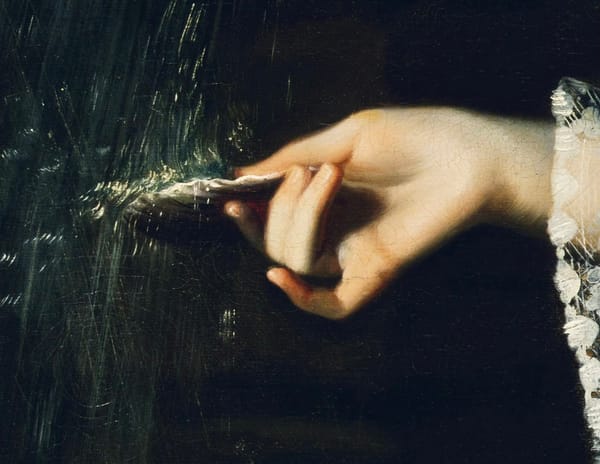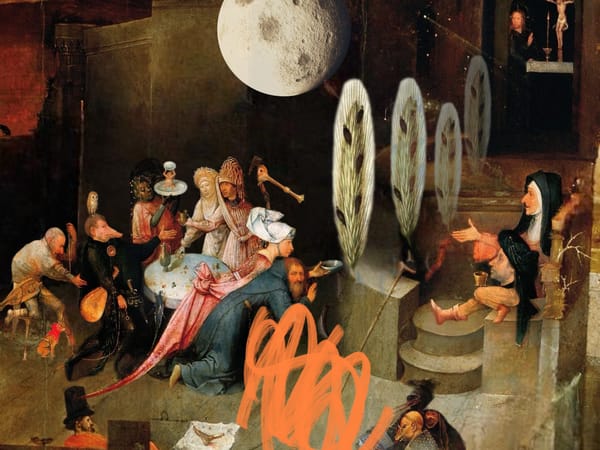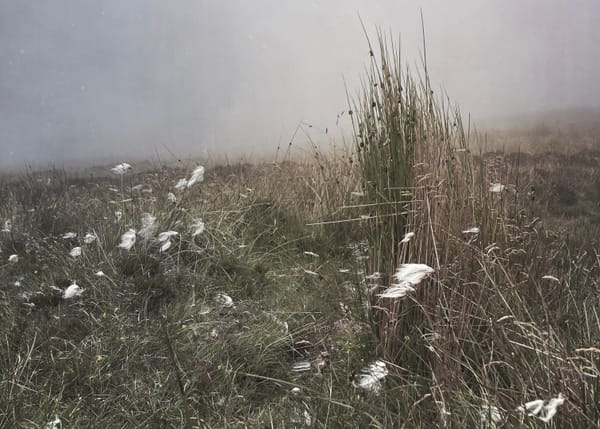LOOKING ANCESTORS IN THE EYE 👁️
or, a forensic anthropology day dream 🌝
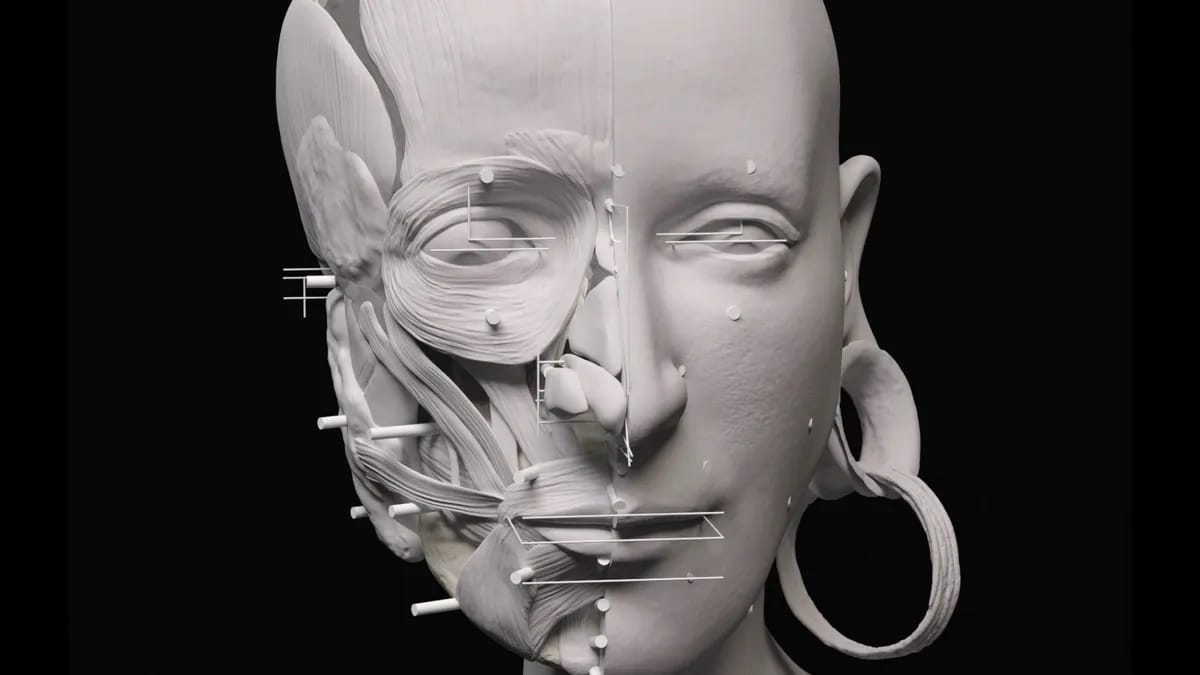
This full moon post is free to all subscribers. Every full moon I revisit older writing in the context of my current work. Paid subscriptions allow me to offer free posts like this. If you enjoy my work and would like exclusive posts and invitations to online gatherings and Writing Hours—why not become a paid subscriber?
Many years ago I lived in the beautiful, ancient city of York. It was endlessly fascinating. Very late at night or early in the morning before the tourist hoards descended, ghosts outnumbered people. Every inch of York is haunted, and often I wondered who lived here before the territorial goths and theatrical tour guides claimed it as theirs? Before the divide between townies and academics, before the endless group tours, hen dos and stag parties? Who was here before the Minster bells rang, before the Viking stronghold?
The Romans were—specifically, the Ivory Bangle Woman.
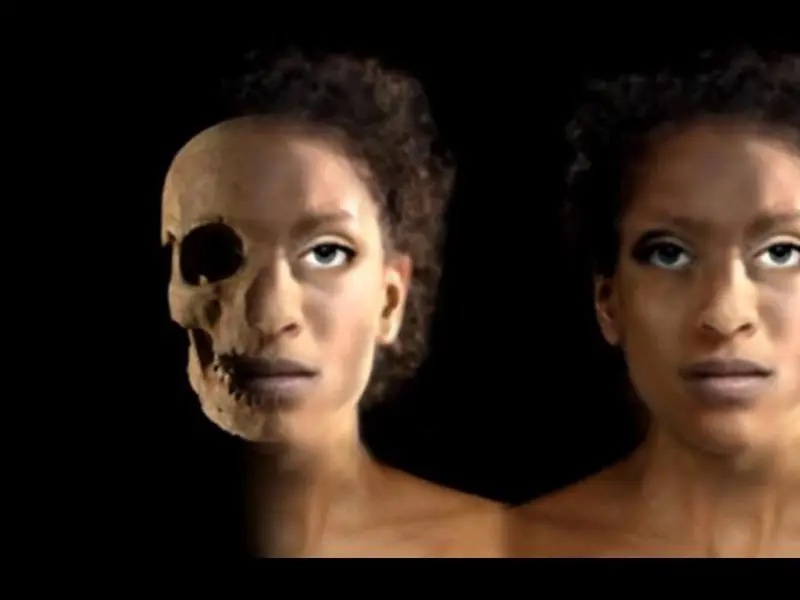
Today I’ll share with you a post I wrote in 2012. It was one of my very first explorations of Ancestors of Place. What role does forensic facial reconstruction play in our ability to imagine and understand our ancestors of place?
When I first saw forensic reconstruction used in the Yorkshire museum, recreating the Ivory Bangle Woman, I thought I missed my calling. It was one of those—when I grow up I want to be..moments. Except I’m already grown—so where does that leave me? I was so fascinated by this process and its power to bring ancestors to life that I wondered—could writing do the something similar? Could fragments of a life be embellished, fleshed out to make it into a relatable representation—if not a whole? If writing could do this, what might it look like?
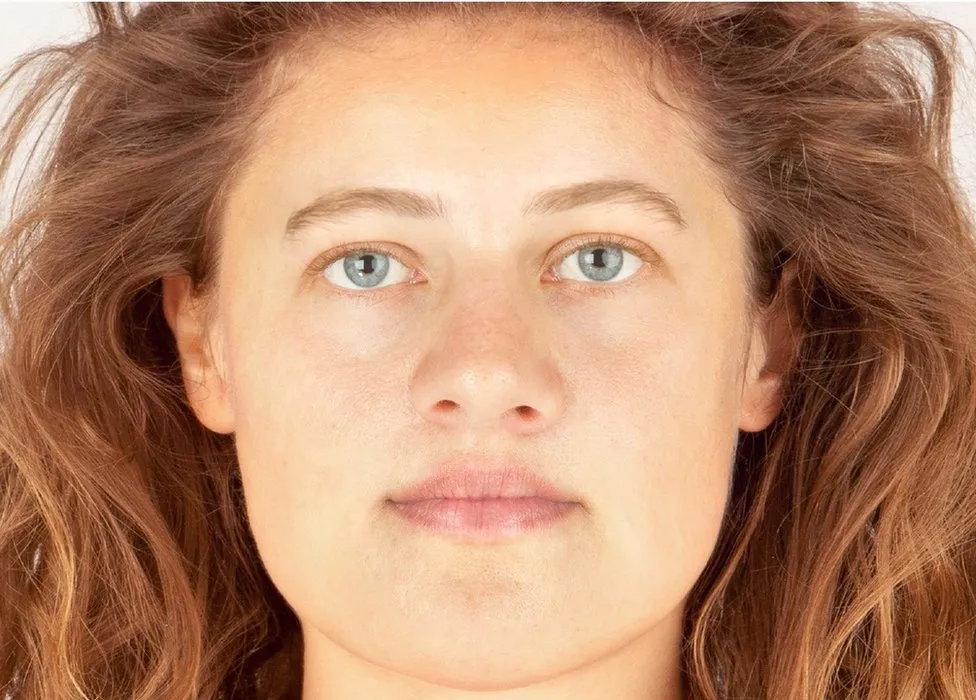
It took me many years to figure this process out, as well as to have the spiritual fortitude to undertake this on a large scale. The result of this undertaking is Ashes and Stones. In the book, I use fragments of authentic voices from the confessions of those accused of witchcraft in Scotland in the 16th to the early 18th centuries. These words, troubling and compromised as they are, became the bones of my forensic reconstructions. In Ashes and Stones these sketches of a life cut short are tied to the landscape the accused would have known. In writing the book, I was spurned on by the forensic reconstruction of accused witch Lilias Adie. I write about her in the first chapter of the book.
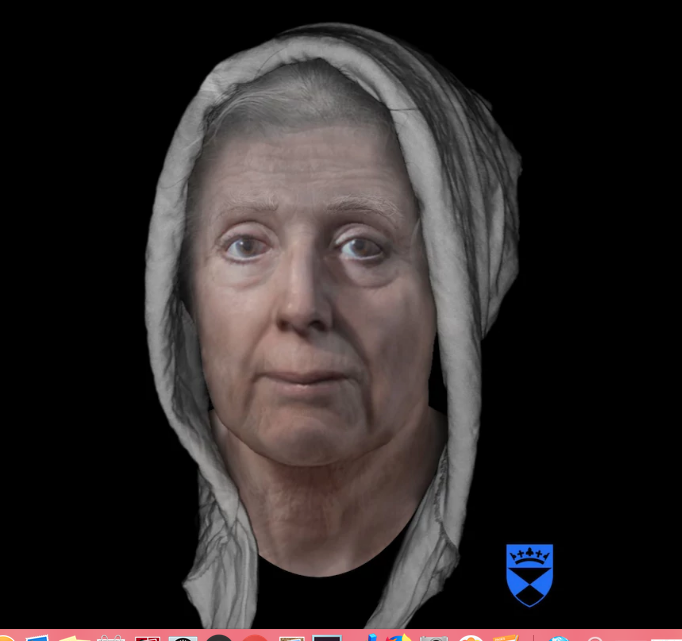
The Ivory Bangle Woman
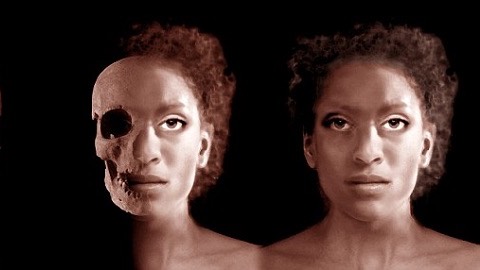
The Ivory Bangle Woman, so called because of the jewellery she was buried with, was seemingly one of the wealthiest women in Eboracum, or Roman York. Archaeologists have recently proved that she was African.
Where Rome was, so was the world. (The Mediterranean, North Africa and Europe, at least.) In Roman York, one did not have to be from one tribe or another– one could be Roman despite being born elsewhere. It is difficult to imagine this in modern Yorkshire, where ideas of what is British can often seem quite narrow. But these ancient streets were once full of people from many different places– and they were not just slaves or men hired to be labourers or soldiers. The modern tourist trade here may give us a glimpse of this diversity, but a migrant is not a tourist. (Though I’m often mistaken for the later, despite living in England for over seven years now, but I digress.)
As an immigrant, you become a paradox, of two places at once, and none but another such stranger can understand this way of being.
I wonder at this woman, far from her first home in the sun. What did she make of this green island, her new home? She died here, accumulated wealth and was loved. Her grave goods on display in the Yorkshire Museum have fascinated me. The beautiful objects, 16 centuries old, are simple, elegant and evoke the mixture of who she was and all the places she may have called home. A perfectly transluscent blue glass bottle from the workshops in Cologne sits in the museum case beside and two bangles: one of African ivory– the other, Whitby jet.
Learn more about the Ivory Bangle Woman at the Yorkshire Museum Trust Website:
https://www.yorkmuseumstrust.org.uk/blog/celebrating-ivory-bangle-lady/
Thank you for reading Missives from the Verge with Allyson Shaw. This post is public so feel free to share it.
AND…Paid Subscribers save the date!
Our Midnight* Sun Hangout will be June 23rd at 7pm GMT (*not actually at midnight)
If you’re not a paid subscriber—why not become one and join us? I will be sending the Zoom invite out shortly!
Consider becoming paid subscriber!

